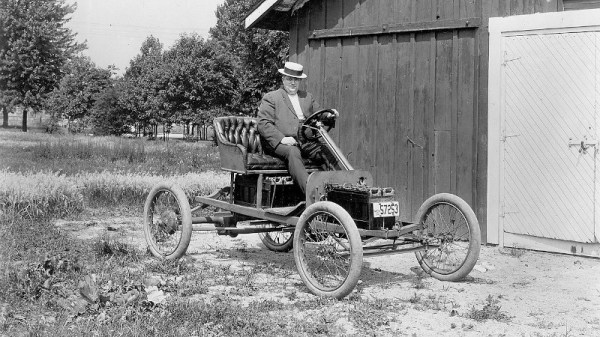While there are a lot of exciting electric vehicles finally coming to market, many of us feel nostalgic for the fossil cars of our youth. [Mihir Vardhan] restored his grandfather’s car with an unusual gas-to-EV conversion.
While this conversion starts in the usual fashion by pulling out the gas engine, [Vardhan] takes a different tack than most by not just bolting an electric motor up to the transmission. Instead, he and his crew removed the head and pistons from the petrol burner and bolted the electric motor to the top on an L-shaped bracket. Using the timing belt to transfer power to the crankshaft, there is no need to figure out additional motors for the A/C compressor or power steering pump, greatly simplifying implementation.
[Vardhan] did need to add a vacuum pump for the braking system and used a DC/DC converter to step down the 72V traction battery voltage to the 12V needed to charge the accessory battery. While it doesn’t exactly boast the performance of a Tesla, his bargain-basement conversion does yield a converted vehicle that can get around town for only around $3k US, even if it does mean your EV still needs oil changes. We think this could work even better on a vehicle with a timing chain instead of a belt, but it’s certainly an interesting way to go about the conversion process.
We’ve covered our fondness for EV conversions in the past for cars, motorcycles, and boats if you’d like to dig deeper. Have your own EV conversion you think we should cover? Send us a tip!













